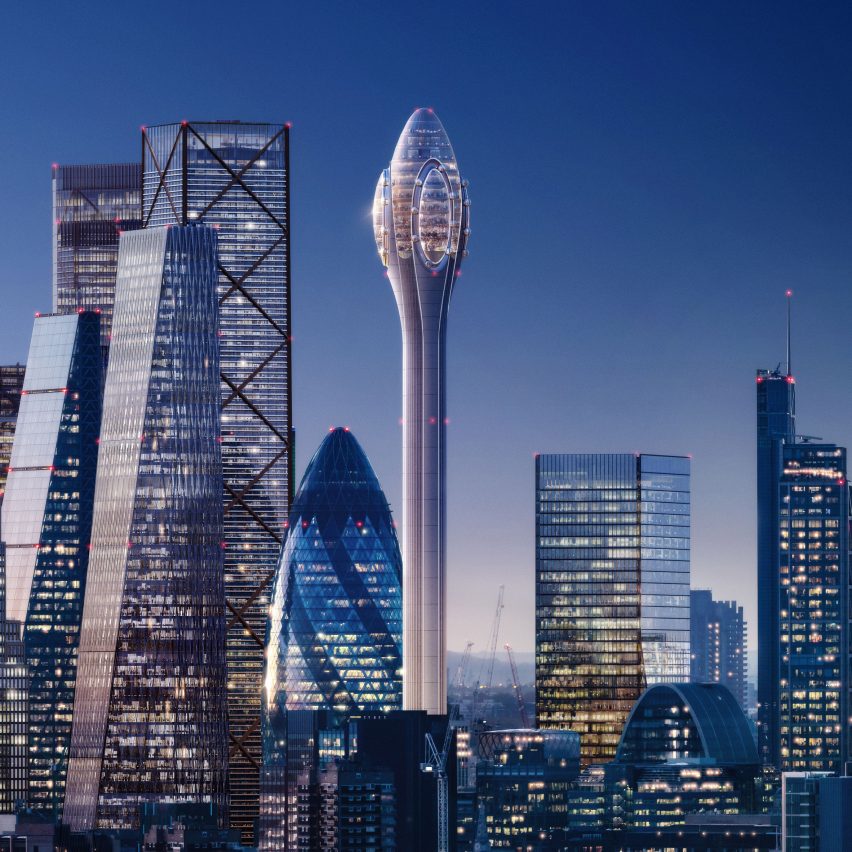
Next in our review of 2021, we round up 10 of the most controversial schemes that made headlines this year, including the Sky Pool and The Tulip.
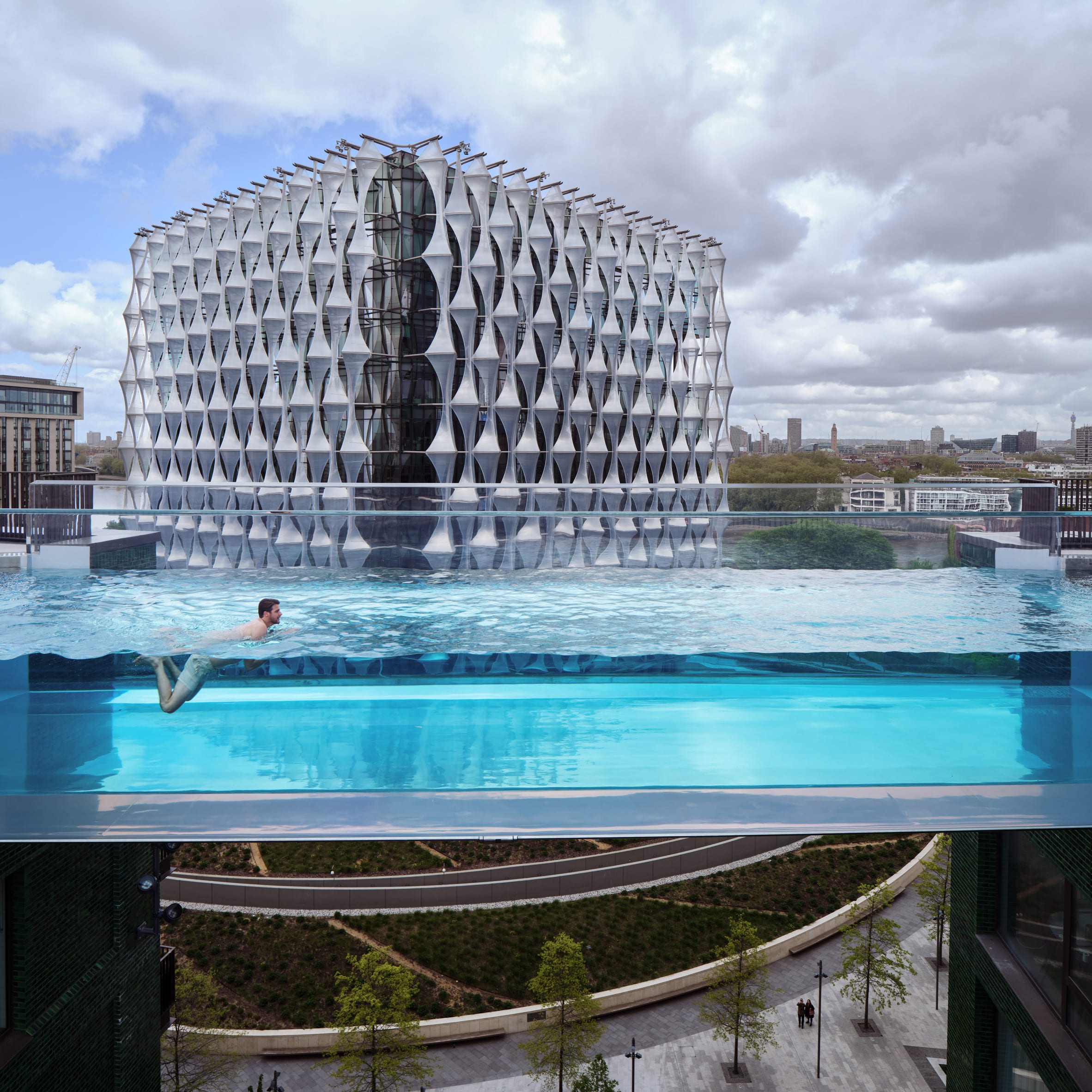
A transparent swimming pool suspended between two buildings at the Embassy Gardens development in London gained huge attention this summer as aerial footage of residents enjoying the facility on a hot day went viral.
But the HAL-designed pool came in for heavy criticism after the Guardian's Olly Wainwright pointed out that the affordable housing residents of Nine Elms are not allowed to use it.
The Financial Times' architecture critic branded the Sky Pool "the visual cipher for everything that is wrong with London’s property boom, its local politics, its architecture and its optics", while the New Statesman also covered it in scathing terms.
Residents of the building have since spoken to Dezeen about how the pool runs up heating costs of £450 per day, despite being too cold to use in the winter. They are calling for it to be closed during the winter months.
Find out more about Sky Pool ›
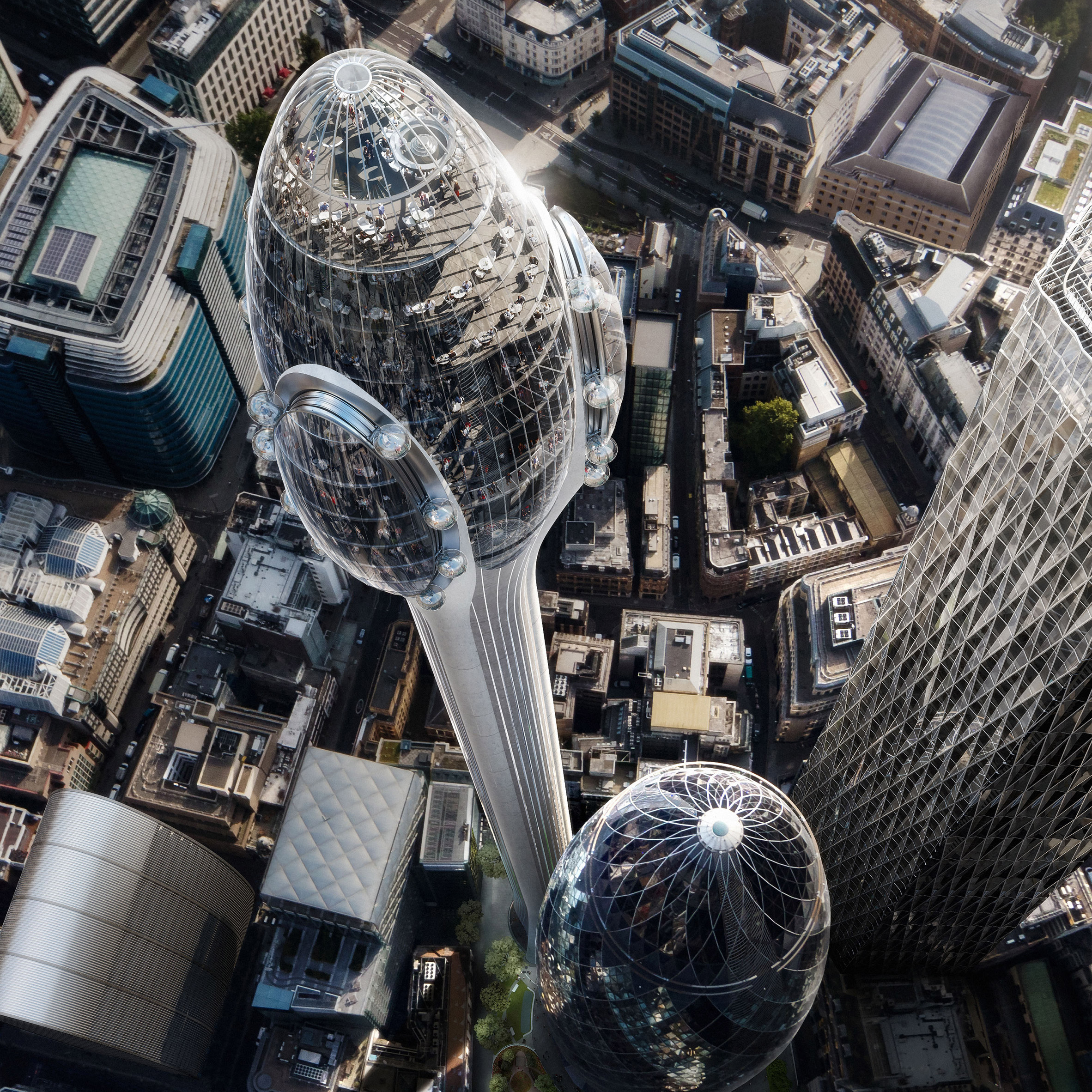
The Tulip, UK, by Foster + Partners
Following a lengthy planning battle, Foster + Partners' proposed 305-metre high tourist attraction in the City of London was rejected by the UK government due to concerns about embodied carbon, its impact on historical buildings and the quality of its design.
Mayor of London Sadiq Khan had previously dismissed the project as being "poorly designed" and having "very limited public benefit".
Norman Foster himself had acknowledged that the Tulip was "inevitably controversial", but argued it had the potential to become "a symbol beyond its host city".
Find out more about the Tulip ›
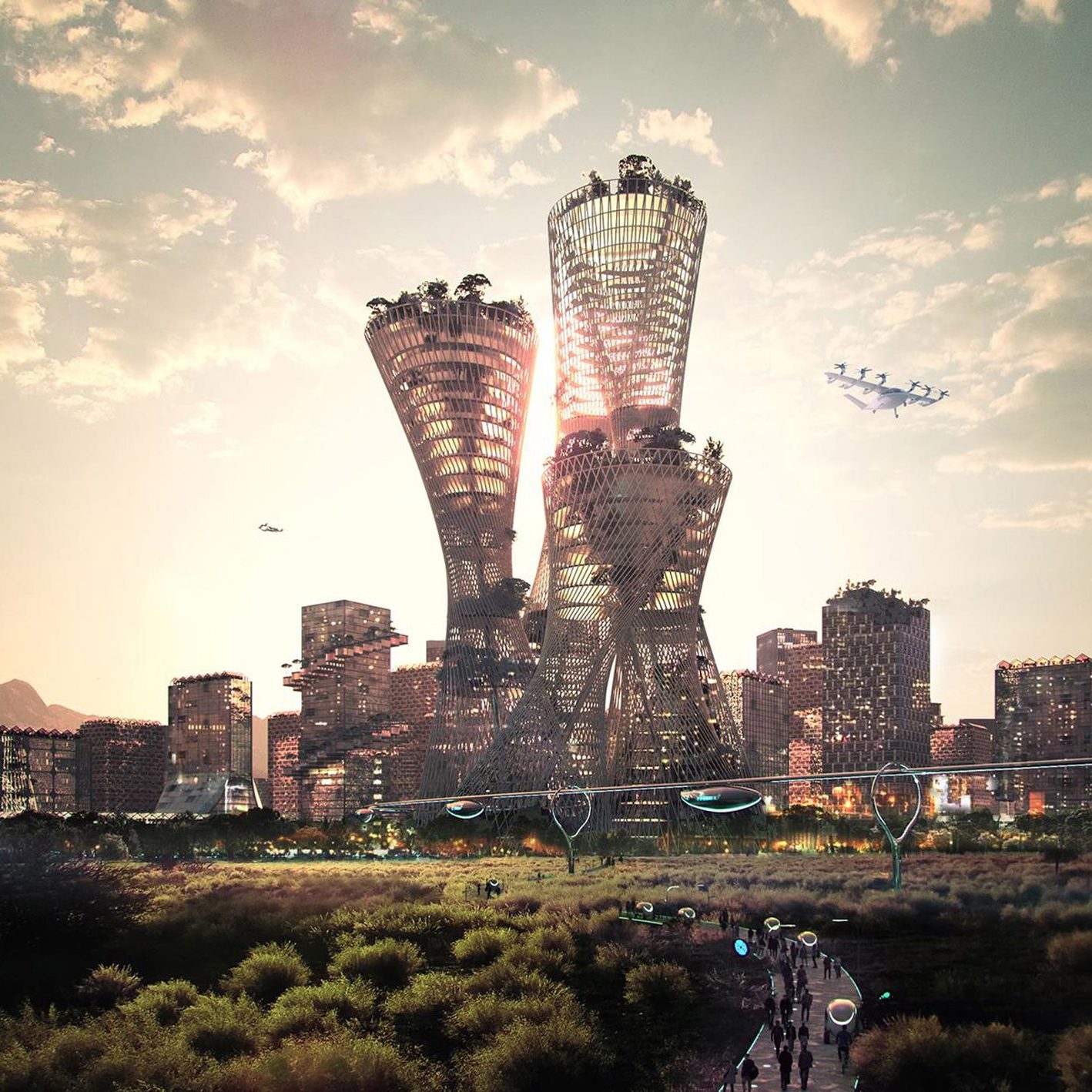
Telosa is a planned city for an unconfirmed location in the western United States, currently being designed by Danish architecture studio BIG on behalf of billionaire Marc Lore.
It has been billed as a sustainable utopia for five million inhabitants that "sets a global standard for urban living, expands human potential, and becomes a blueprint for future generations", according to the Telosa website.
But sceptics pointed to the fact that Lore made his fortune from Walmart, a company with a reputation for very low pay, while eyebrows were raised when the entrepreneur revealed to USA Today that the first Telosans will be subject to a selection process.
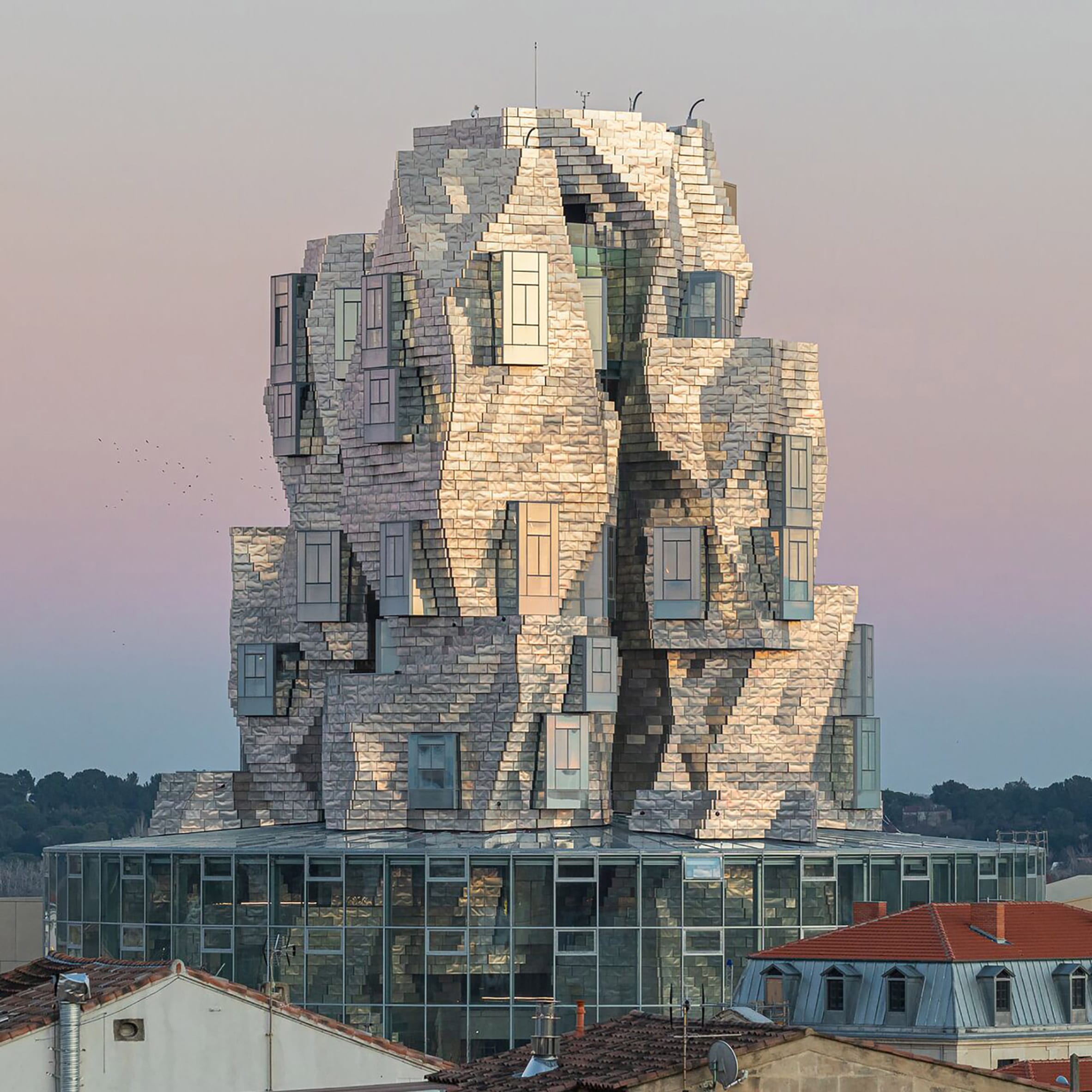
The Tower, France, by Frank Gehry
Pritzker Prize-winning architect Frank Gehry designed the steel-clad The Tower for the Luma Arles arts centre in southern France to evoke Van Gogh's Starry Night painting.
But the project came in for criticism, including questions over its environmental impact and its place among the ancient Roman city of Arles.
In an exclusive interview with Dezeen, Gehry used colourful language to defend his work.
Find out more about Luma Arles ›
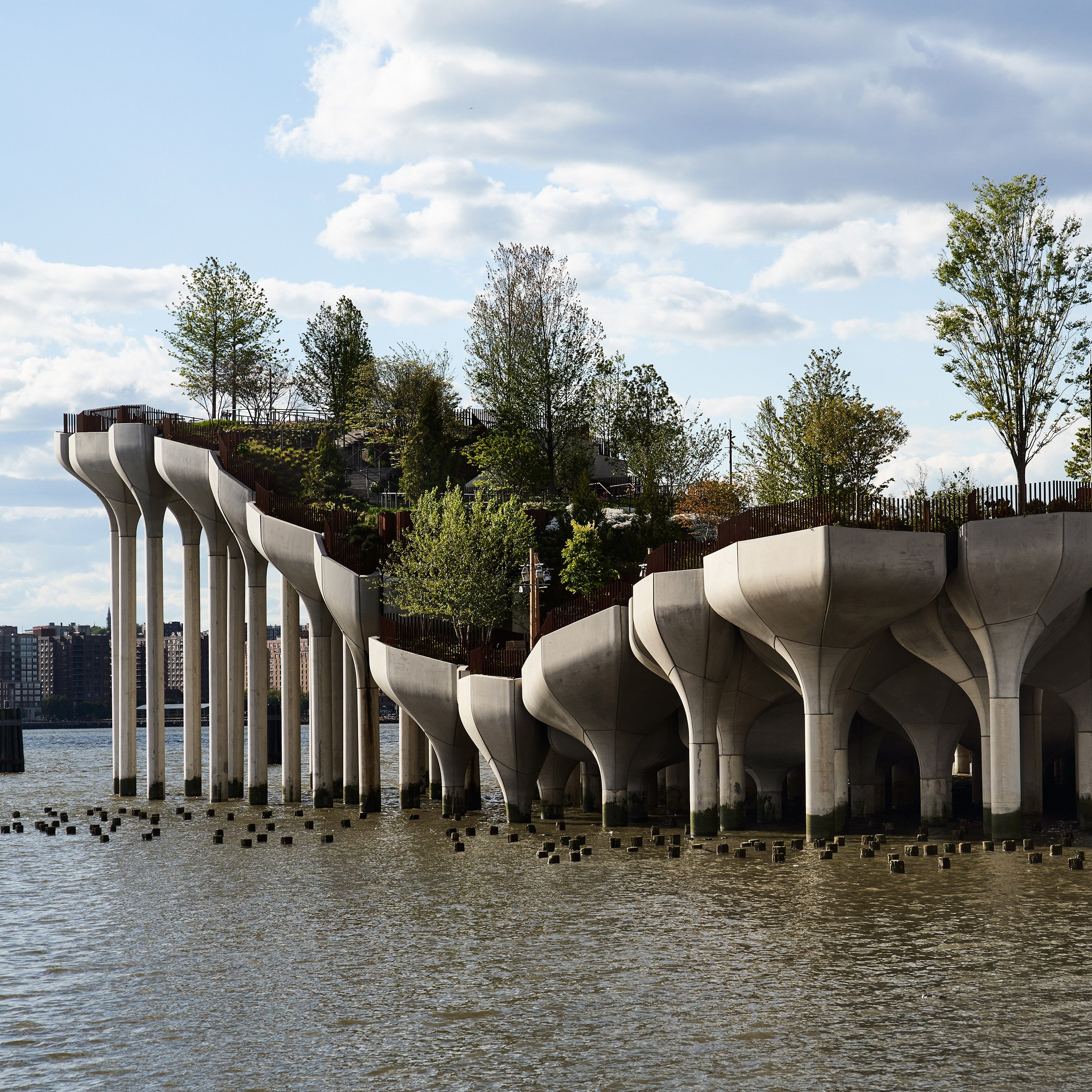
Little Island, USA, by Thomas Heatherwick
Thomas Heatherwick's Little Island, an elevated park perched on 132 concrete columns in the Hudson River, opened to New Yorkers in May.
The structure was praised by Michael Kimmelman, architecture critic of The New York Times, but it was nearly never completed.
Construction on the $260 million project halted in 2017 when the United States District Court vacated its permit amid lobbying from advocacy group The City Club of New York.
Find out more about Little Island ›
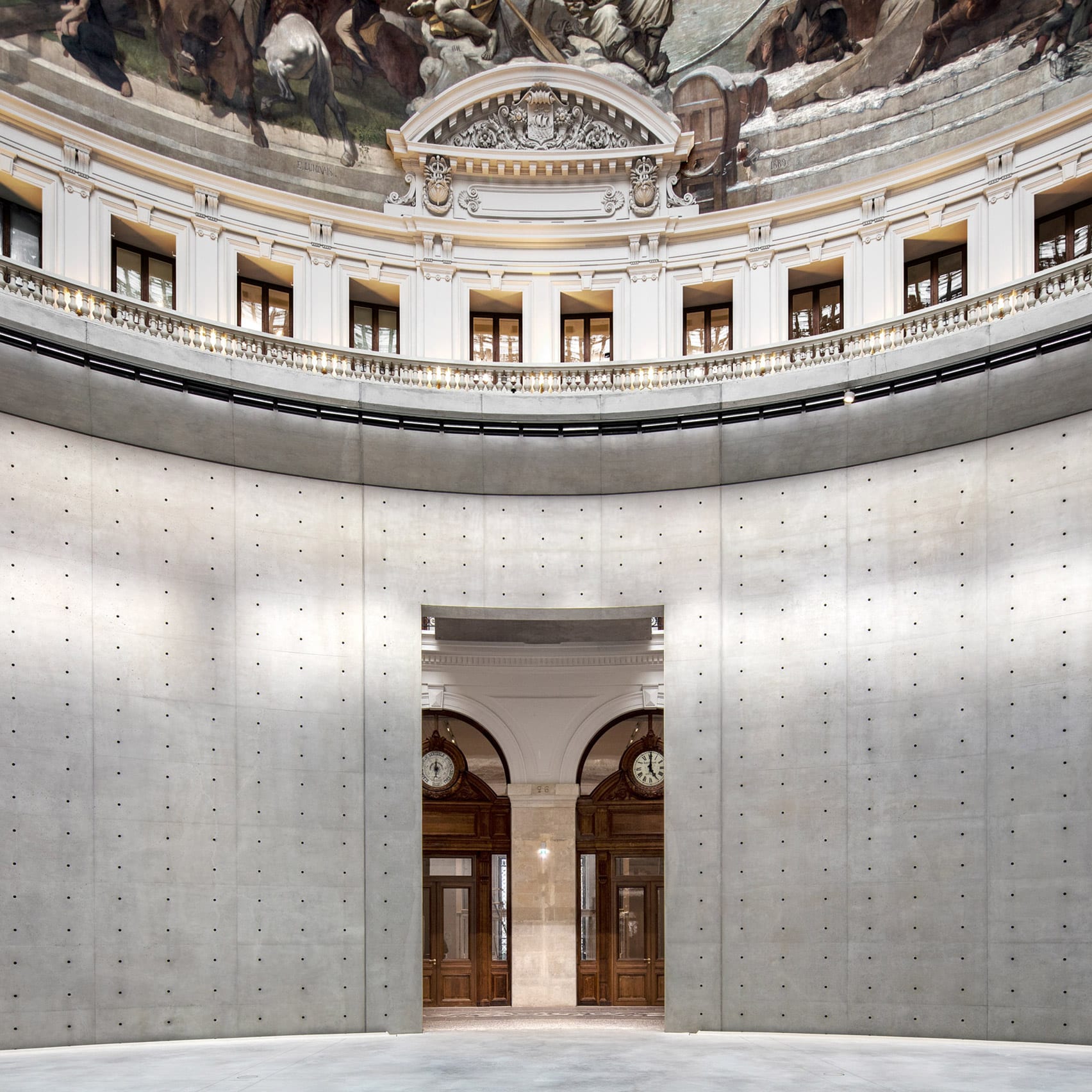
Bourse de Commerce, France, by Tadao Ando
Japanese architect Tadao Ando was tasked with redesigning the historic Bourse de Commerce building in Paris.
The centrepiece of the transformation was a nine-metre-tall cylindrical concrete wall placed within the rotunda of 18th-century stock exchange.
Architecture critic Aaron Betsky was outraged by the revamp, and in a piece for Dezeen wrote that it was the "equivalent of what a dog does to a lamppost".
Find out more about the Bourse de Commerce ›
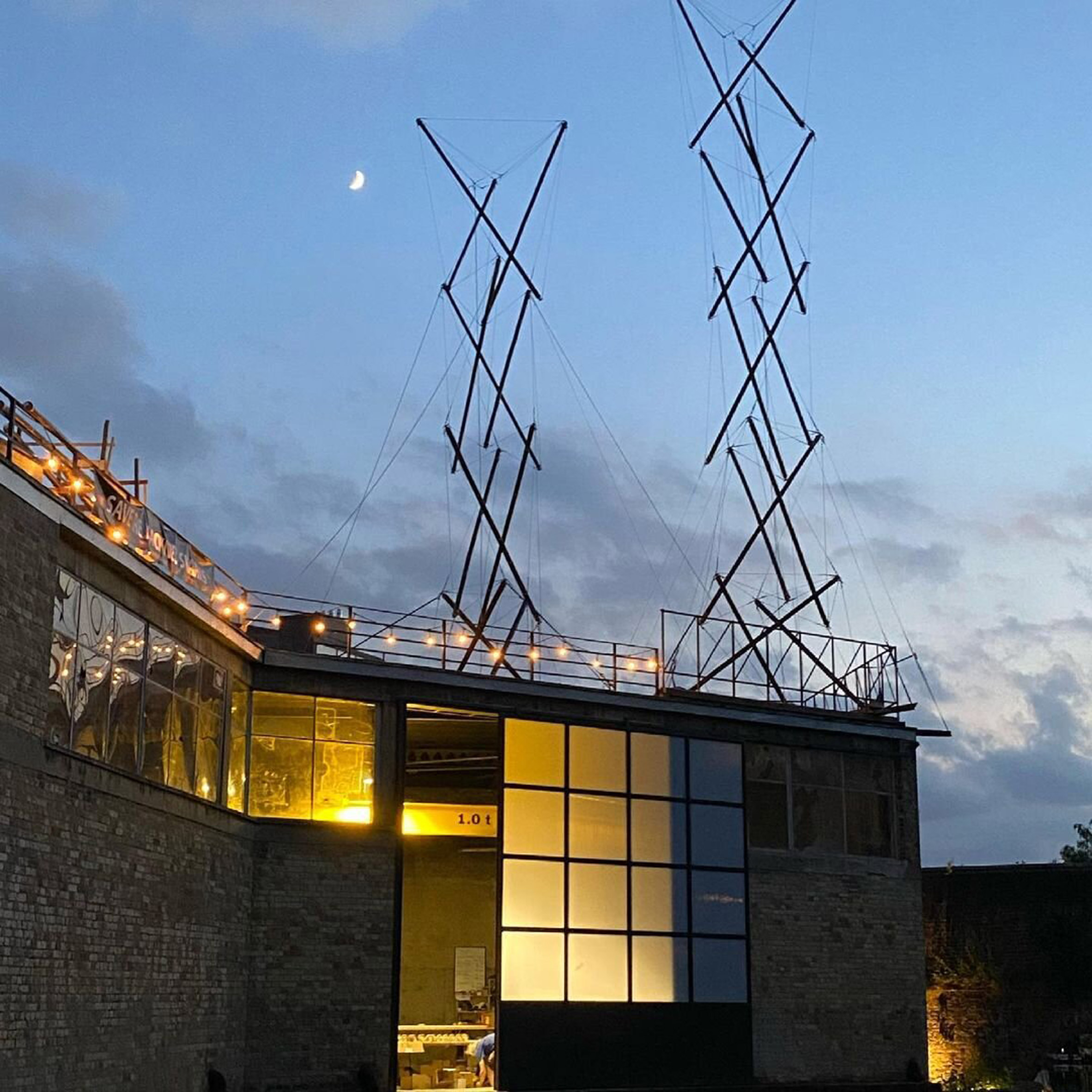
All Along the Watchtower, UK, by Project Bunny Rabbit
All Along the Watchtower was a metal rooftop tensegrity structure designed by architecture collective Project Bunny Rabbit as part of an annual competition organised by charity Antepavilion.
The project was involved in one of the most shocking architecture-related stories of the year, after dozens of police stormed Antepavilion's offices and arrested staff, apparently partly targeting the sculpture.
It is thought police believed the building was being used by environmental pressure group Extinction Rebellion to prepare for protests, while All Along the Watchtower is similar to structures used by demonstrators to form roadblocks.
Antepavilion insisted there was no connection between the installation and Extinction Rebellion.
Separately, the Antepavilion competition had already flirted with controversy this year when the Architecture Foundation withdrew over a planning dispute with Hackney Council.
Find out more about All Along the Watchtower ›
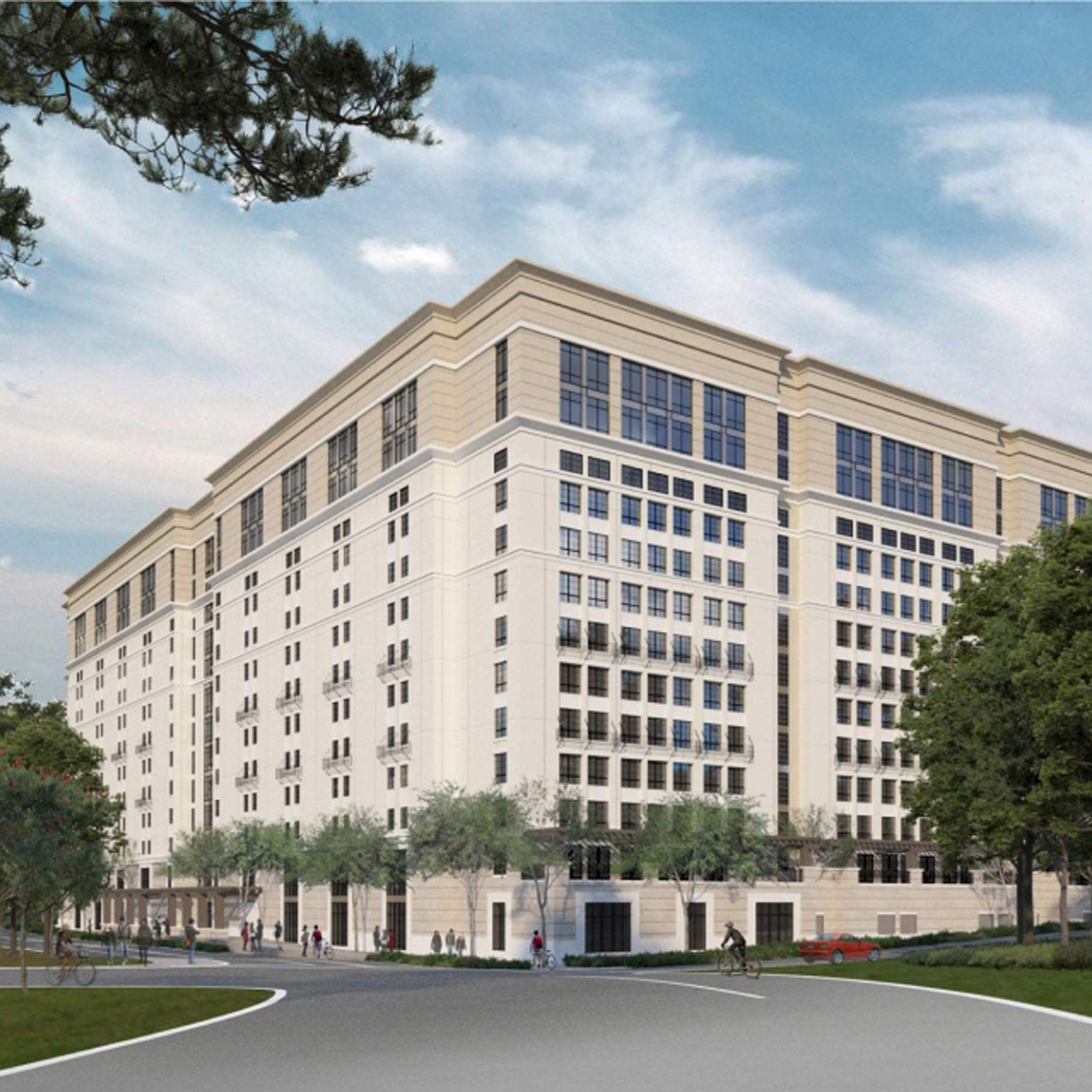
Munger Hall, USA, by Charles Munger
Munger Hall, a proposed student dormitory for the University of California Santa Barbara, received media attention in November after one of the school's consulting architects resigned over the project, saying he was "disturbed" by its design.
If built, 94 per cent of the huge building's 4,500 occupants would live in a room without a window.
Billionaire investor Charles Munger, who dreamed up the dormitory and donated $200 million to the project, later claimed in an interview that it would stand "as long as the pyramids".
More than 13,000 people have signed a petition calling for the university to reject the proposal.
Find out more about Munger Hall ›
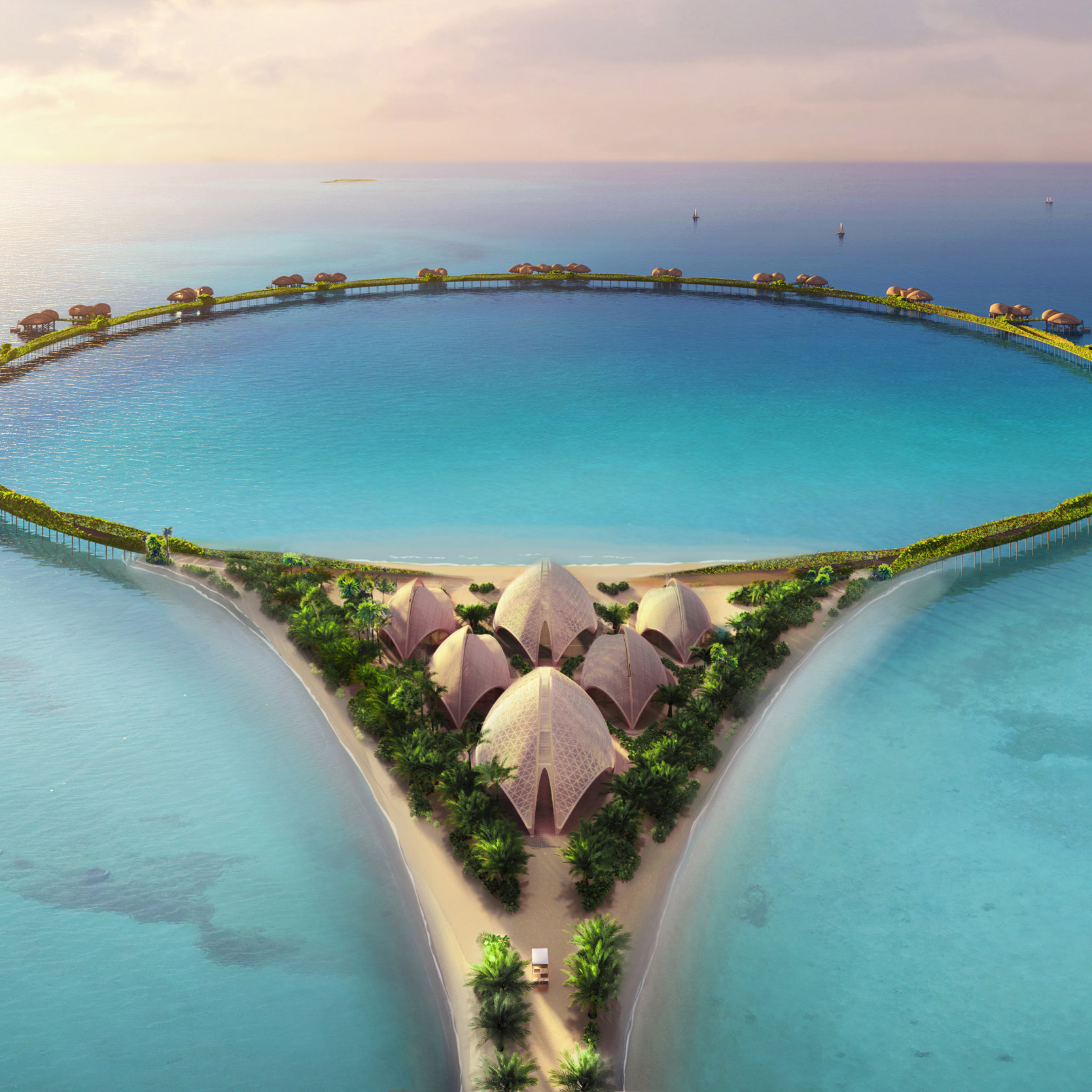
Ummahat AlShaykh Hotel 12, Saudi Arabia, by Foster + Partners
This luxury hotel is being designed by Foster + Partners as part of The Red Sea Project, which will see an archipelago of 90 untouched islands transformed into what the developers have called the "world's most ambitious tourism development".
The British studio said it aims to employ a "light touch, non-damaging approach", but the concept has remained controversial.
Foster + Partners' work on The Red Sea Project is made more contentious by the fact it is also building an international airport for the development, having had a public spat with climate network Architects Declare in late 2020 over its aviation projects.
Find out more about Ummahat AlShayk Hotel 12 ›
La Samaritaine, France, by SANAA
SANAA's overhaul of the famous La Samaritaine department store in Paris was finally unveiled in June this year, eight years later than originally planned.
The extensive renovation led by the Pritzker Architecture Prize-winning studio included the addition of a new undulating glass facade, which critics slammed as resembling a shower curtain.
Construction was halted several times due to various court cases and campaigns opposing the new facade.
Find out more about La Samaritaine ›
The post The 10 most controversial architecture projects of 2021 appeared first on Dezeen.
from Dezeen https://ift.tt/3E1KFWw
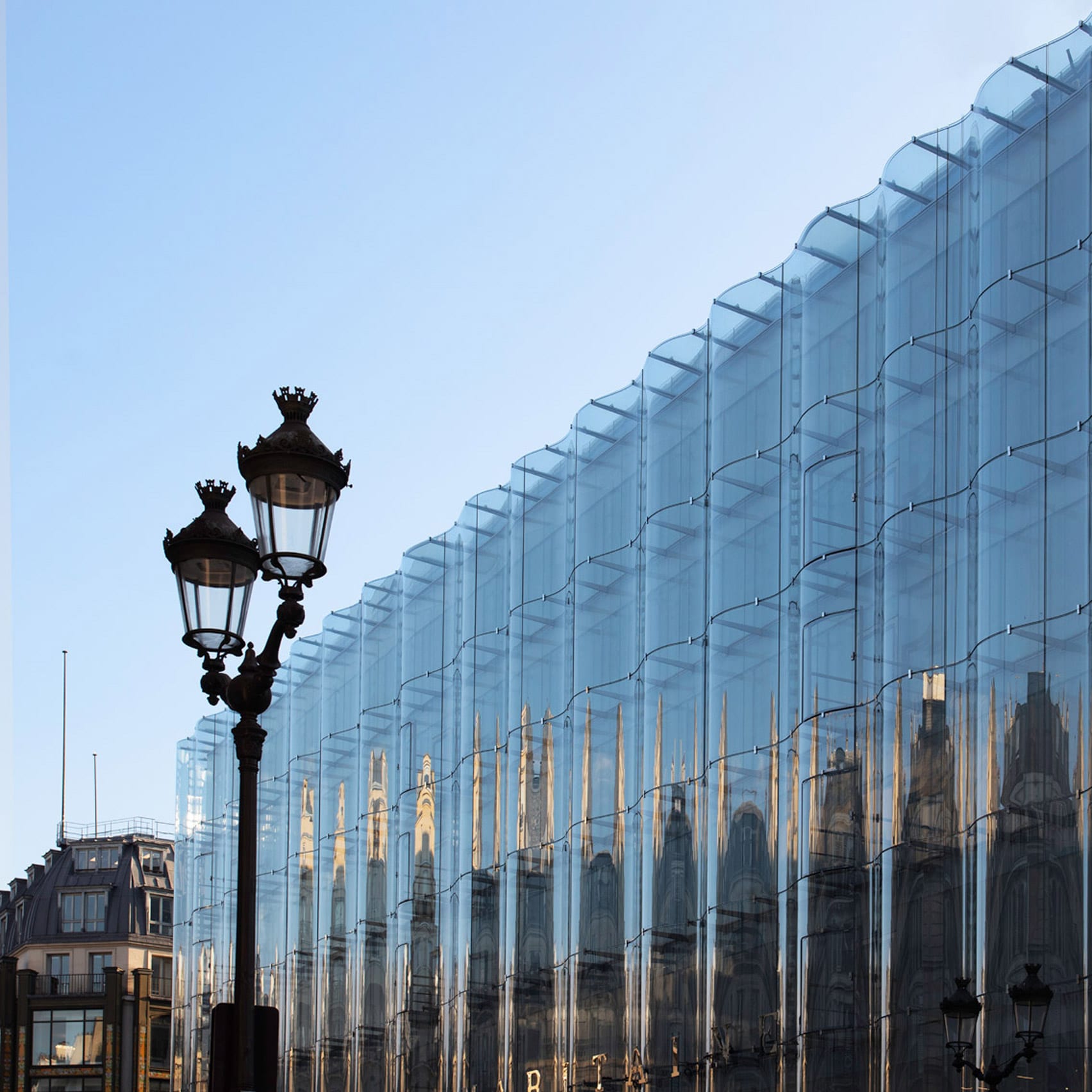
No comments:
Post a Comment